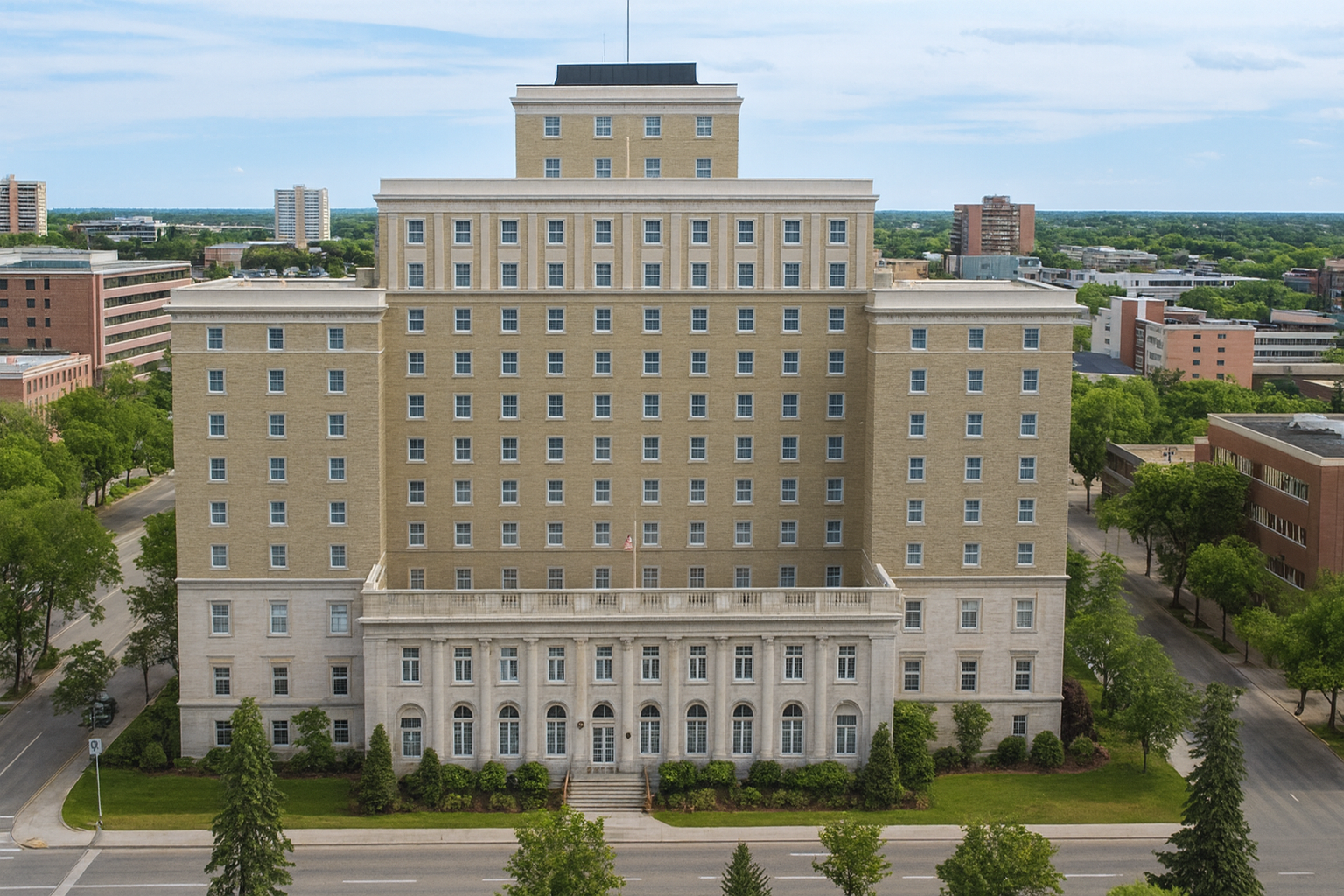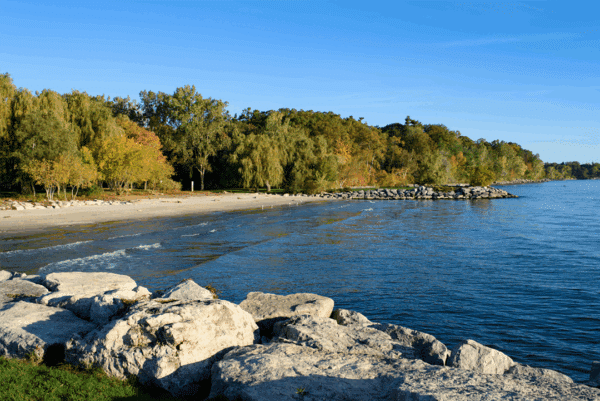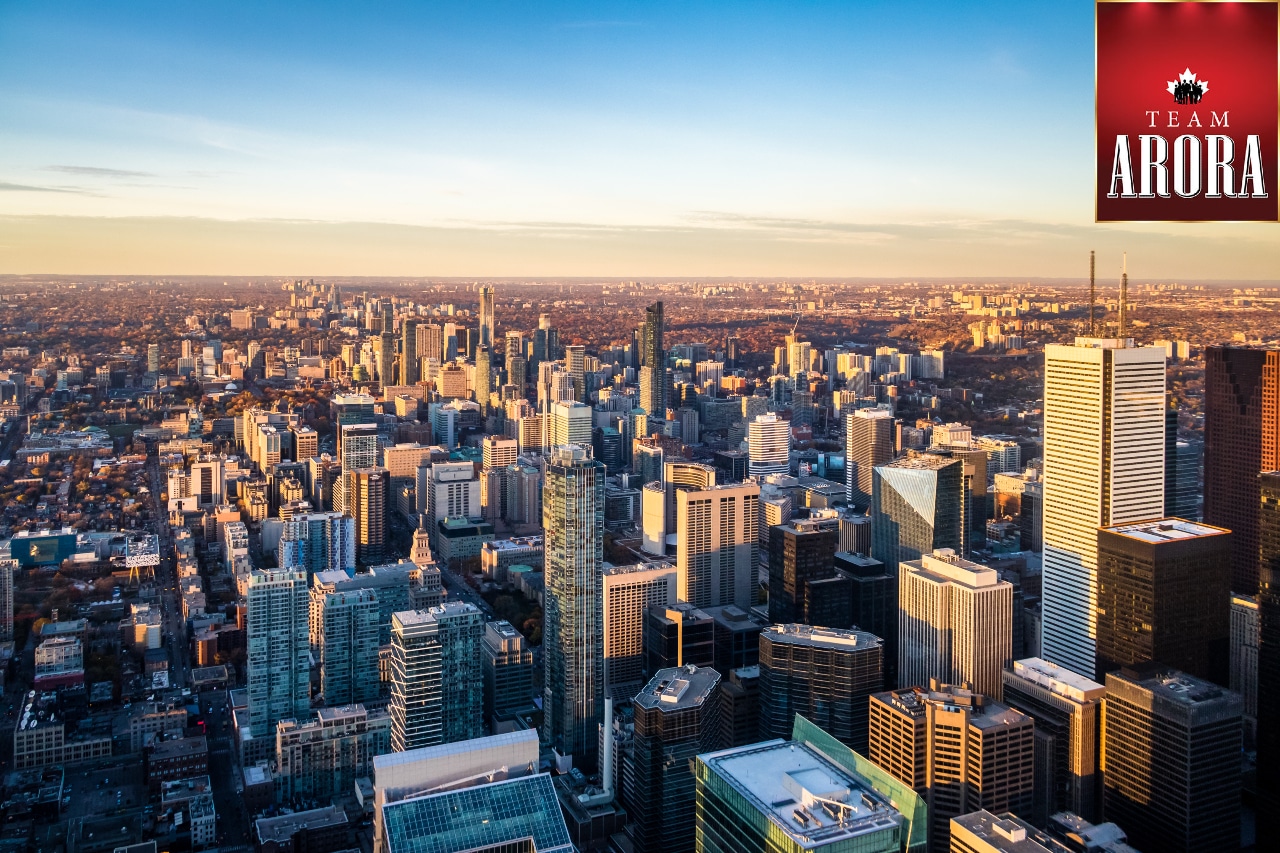If you’re considering entering or expanding in the hospitality market, Saskatchewan—with its steady tourism, strong local economy, and abundant natural beauty—offers unique opportunities. Whether you’re eyeing a small boutique inn in Regina or a high-capacity motel near Saskatoon, hotels for sale in Saskatchewan can be lucrative platforms for income and lasting equity. This post walks you through why Saskatchewan hospitality is attractive today, how to evaluate properties, and what trends savvy investors are watching in 2025.
Why Consider Hotels for Sale in Saskatchewan?
Rising Tourism and Regional Traffic.
Saskatchewan welcomes travelers year-round—from business visitors to road-tripping families and festival crowds at events like the Qu’Appelle Valley golf circuit or Regina Folk Festival.
Affordable Pricing Compared to Urban Markets.
Hotel properties here often come with more accessible price tags and lower entry barriers than equivalent assets in Alberta or Ontario.
Stable Local Economy.
Supported by agriculture, mining, and a growing tech sector, Saskatchewan’s major centers—Regina and Saskatoon—enjoy reliable occupancy in commercial lodging.
Emerging Transit Corridors.
Upgraded highways and new industrial zones attract extended-stay and business travelers.
Types of Hotel Properties Available
Depending on your goals, you’ll find these in Saskatchewan listings:
-
Motels and Highway Inns – Affordable and easy to operate near major highways.
-
Boutique Hotels and Heritage Inns – Charming, localized, and often located in downtown cores.
-
Extended-Stay Lodges – Ideal near industrial parks, hospitals, or university campuses.
-
Conference-Style Hotels and Resorts – Larger footprint, ideal for events, conventions, or weddings.
Many of these properties include existing operations, staff, and reservation systems—truly turnkey setups.
Top Locations for Hotel Investment in Saskatchewan
-
Regina – Capital city with steady corporate and event-driven occupancy.
-
Saskatoon – Growing tech and education hub with various emerging hotels and motels.
-
Swift Current / Moose Jaw – Major highway stops along Trans Canada, high traveler flow.
-
Northern resort areas – Province’s lakes and campgrounds support seasonal or eco-lodging opportunities.
Each location offers different strengths—city centers bring stable corporate clients, while highway stops bring predictable traffic.
What Buyers Should Look for When Evaluating
-
Occupancy History & ADR
A property’s historical occupancy rates and average daily rates (ADR) provide strong indicators of future income. -
Location & Access
Highway visibility, proximity to airports, universities, or convention centers can drive demand. -
Condition & Amenities
Evaluate the physical condition of rooms, HVAC, signage, laundries, parking, and any potential for unit upgrades. -
Licensing & Compliance
Ensure the property meets municipal hotel requirements, safety codes, and zoning for lodging operations. -
Staff and Systems
A smooth transition depends on retained staff, reservation systems, vendor relationships, and licensing.
It’s wise to partner with a local commercial real estate agent who understands Saskatchewan’s hospitality market.
Market Trends in Saskatchewan Hospitality for 2025
-
Extended-Stay Demand is increasing due to transient workers in booming industries like agriculture and mining.
-
Eco-Friendly Lodging is trending in northern regions—solar lighting, waste recycling, wood accents are gaining guest interest.
-
Digital Reservations continue to dominate. Smart systems reduce reliance on walk-in guests.
-
Diversified Offerings: Buyers seeking to add value are layering amenities like mini-gyms, meeting spaces, or partnership with local attractions.
-
Strong ROI Potential as operational efficiencies rise in small-scale portfolios across Regina and Saskatoon.
Long-Answer FAQs
1. Why invest in hotels for sale in Saskatchewan rather than larger provinces?
Saskatchewan offers competitive entry pricing and stable demand without the volatility seen in markets like Toronto or Vancouver. Its key economic drivers— agriculture, energy, healthcare, and education—support consistent traveler flow year-round, meaning hotels can deliver steady cash flow and promising long-term appreciation at a fraction of the initial investment cost.
2. What operational requirements should buyers understand when acquiring a Saskatchewan hotel?
Prospective owners should assess labor licensing, health and safety regulations, municipal zoning for accommodation, and insurance coverage. Understand whether the sale includes equipment, staff, inventory, and reservation systems. It’s also crucial to evaluate utility costs, maintenance schedules, and potential upcoming capital repairs like roofing or HVAC upgrades—ideally with professional due diligence.
3. How important is location for hotel investments in Saskatchewan?
Location is paramount; proximity to highways, regional airports, conference centers, or universities can significantly influence occupancy rates. Hotel properties near Regina’s city center or Saskatoon’s industrial corridors tend to attract more business and event bookings. Meanwhile, motels along Trans-Canada Highway or lodge sites near lakes attract seasonal or tourist demand.
4. Can a first-time investor enter the Saskatchewan hotel business?
Yes—especially with smaller motels or extended-stay formats. Many listings offer turnkey operations, including trained staff and reservation infrastructure. Consider partnering with a hospitality advisor and securing financing in advance. Local lenders and government startup support simplify entry for well-prepared investors.
5. What should I budget for improvements after purchasing a hotel?
Allocate funds for deferred maintenance, cosmetic updates, bedding and decor, signage repair, and tech upgrades. Depending on condition, expect to spend roughly 3–8% of purchase price annually on updates. A full property inspection helps clarify needs. A well-planned capex budget ensures the hotel continues attracting guests and meets regulatory standards.
Final Thoughts
Buying hotels for sale in Saskatchewan offers the chance to step into a stable and up-and-coming hospitality market. With competitive pricing, strong regional demand, and opportunities to upgrade or reposition properties, the province is increasingly attractive to investors new and experienced alike. Partnerships with local real estate experts and thorough due diligence can turn these properties from solid investments into hospitality success stories.








